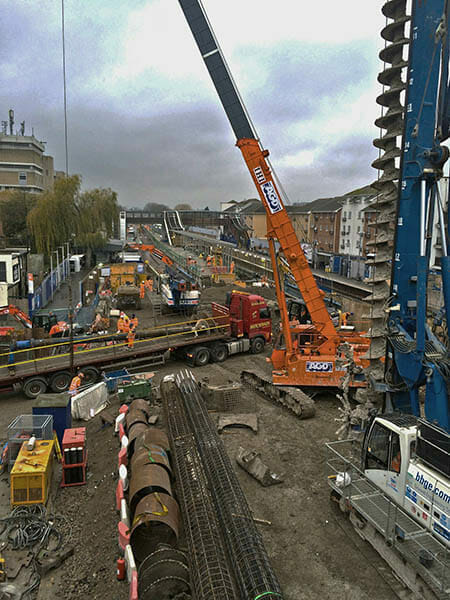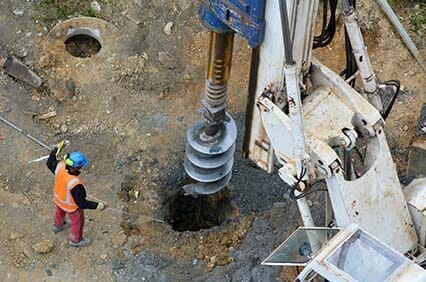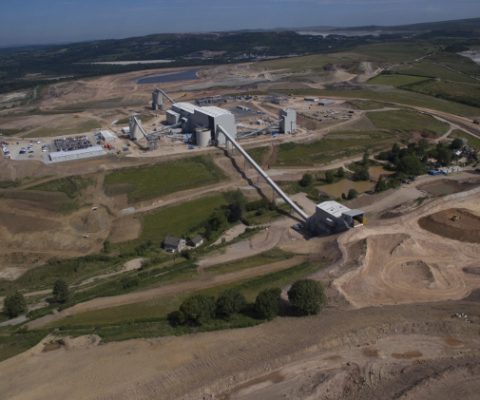Noise and vibration during construction can be a major concern for any development because of the potential effects on nearby businesses and residents. Failure to adequately assess and put in place appropriate control measures can lead to a site being closed down until appropriate noise and vibration management is put in place.
Under Section 61 of the Control of Pollution Act 1974 a developer may apply to the local authority for prior consent to carry out construction or demolition works. A Section 61 application will contain details of the work, including plant, to be carried out, the time of the works and also details of any measures to reduce the noise from the works.
Section 61 of CoPA concerns the procedures adopted when a contractor or developer approaches the local authority prior to any construction activities taking place, with the intention of agreeing noise and vibration limits in advance of work commencing.
If consent is granted under such circumstances, then the consent would be considered a valid defence by the Magistrate’s court if the local authority was to later reverse its position and pursue an action under Section 60, provided that any conditions attached to the consent are complied with.
Any application for a Section 61 agreement would contain detailed method statements for the works to be conducted, information on noise mitigation measures to be employed, details of working times and supporting calculations showing the predicted noise levels at noise sensitive receivers around the site. British Standard 5228 Part 1:2009 +A1:2014 Code of practice for noise and vibration control on construction and open sites – Part 1: Noise.
During the process of applying for a section 61, good relationships can often be built up between the local authorities and the contractor, if the application process is managed in a clear and effective way. This has obvious benefits to both parties.





